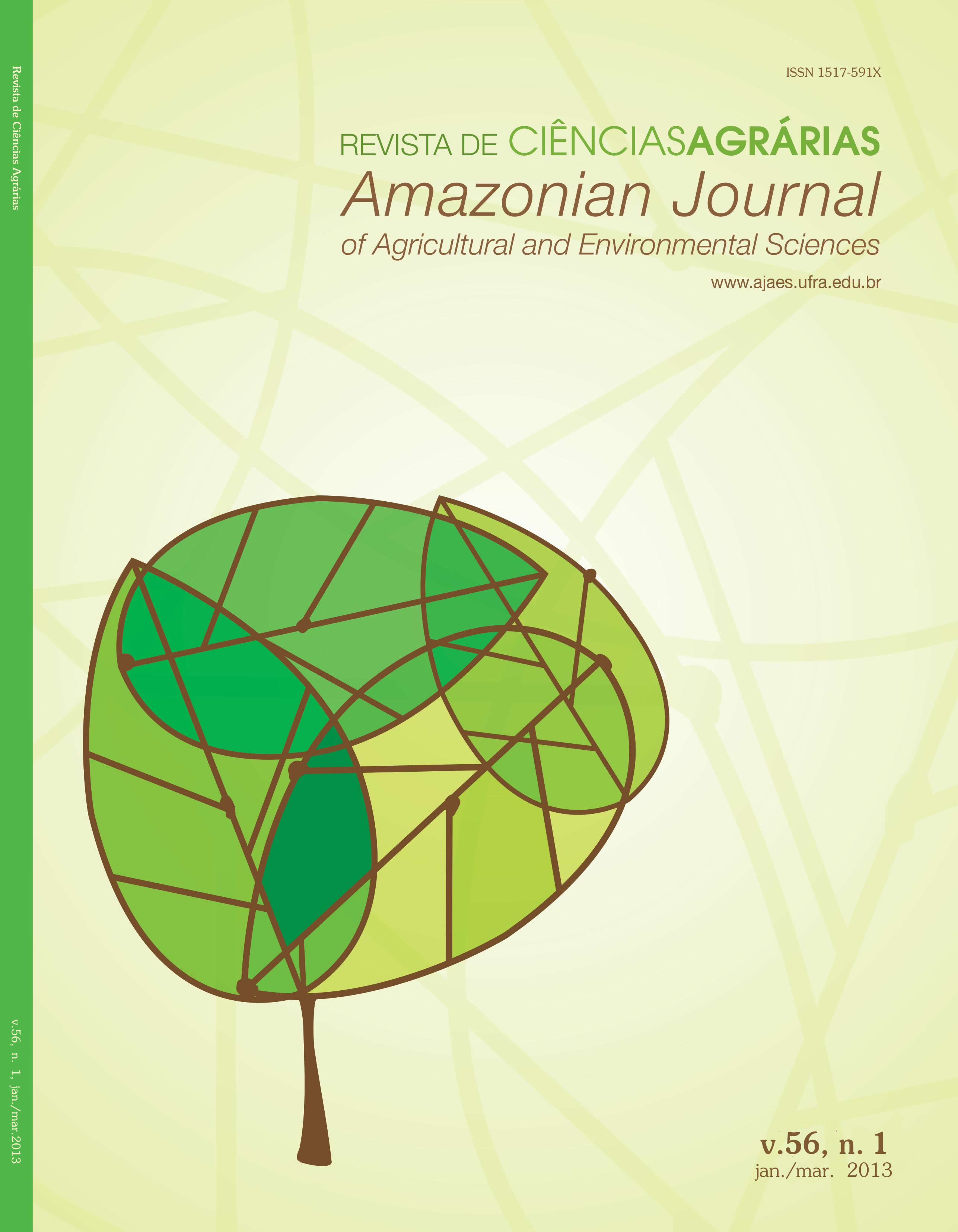Straw persistence and nutrient release from crambe abyssinica according to the time of management
Abstract
The production and maintenance of plant residues on soil surface as well as the dynamics of nutrient release are fundamental to the success of no-tillage system. The objective of this study was to evaluate the persistence and nutrient release from crambe straw in the municipality of Dourados, State of Mato Graso do Sul, Brazil. The experiment was carried out at the Experimental Farm of the Federal University of Grande Dourados located at 54° 56’ W and 22° 12’ S, 452 m above sea level. The experimental design used complete randomized blocks with five replications. Treatments consisted of two management times (flowering and harvest) combined with 5 sampling times after management: 0, 15, 30, 45 and 60 days. The dry matter produced by the crambe plants cut at flowering and at harvest is insufficient to properly cover soil surface under no-tillage system. The crambe straw cut at flowering shows high macronutrient levels and low decomposition (low C:N ratio). Conversely, cutting plants at harvest leads to low macronutrient levels and high persistence on soil surface (high C:N ratio). Persistence of crambe residues from plants cut at flowering is low, but straw yield at harvest is high. Potassium, magnesium and sulphur are released from residues right after the cutting of plants; on the other hand, nitrogen, calcium and phosphorus are released later.Downloads
Authors retain copyright and grant the Journal the right to the first publication. Authors are encouraged to and may self-archive a created version of their article in their institutional repository, or as a book chapter, as long as acknowledgement is given to the original source of publication. As the Journal provides open access to its publications, articles may not be used for commercial purposes. The contents published are the sole and exclusive responsibility of their authors; however, the publishers can make textual adjustments, adaptation to publishing standards and adjustments of spelling and grammar, to maintain the standard patterns of the language and the journal. Failure to comply with this commitment will submit the offenders to sanctions and penalties under the Brazilian legislation (Law of Copyright Protection; nº 9,610; 19 February 1998).


.jpg)









